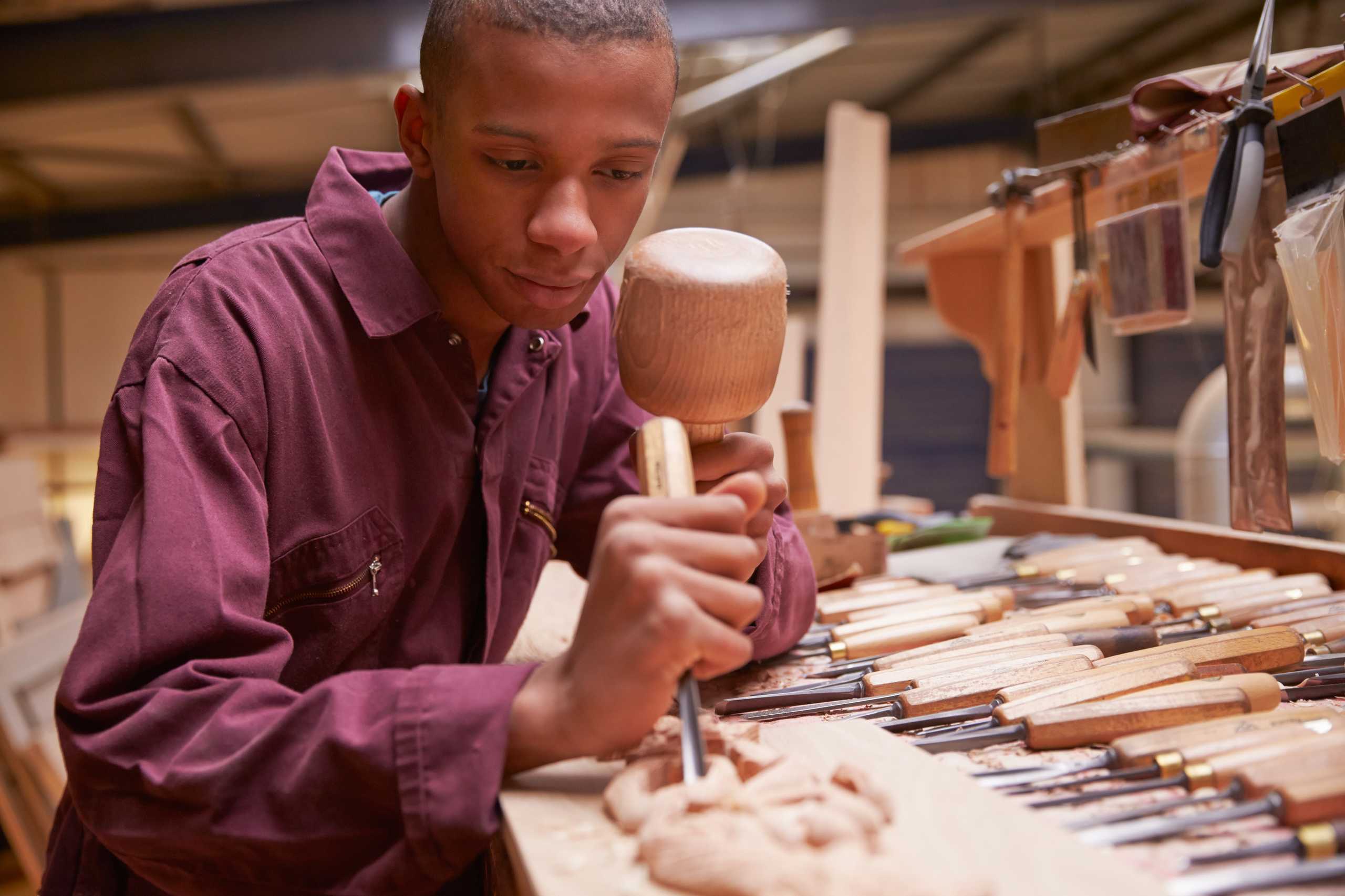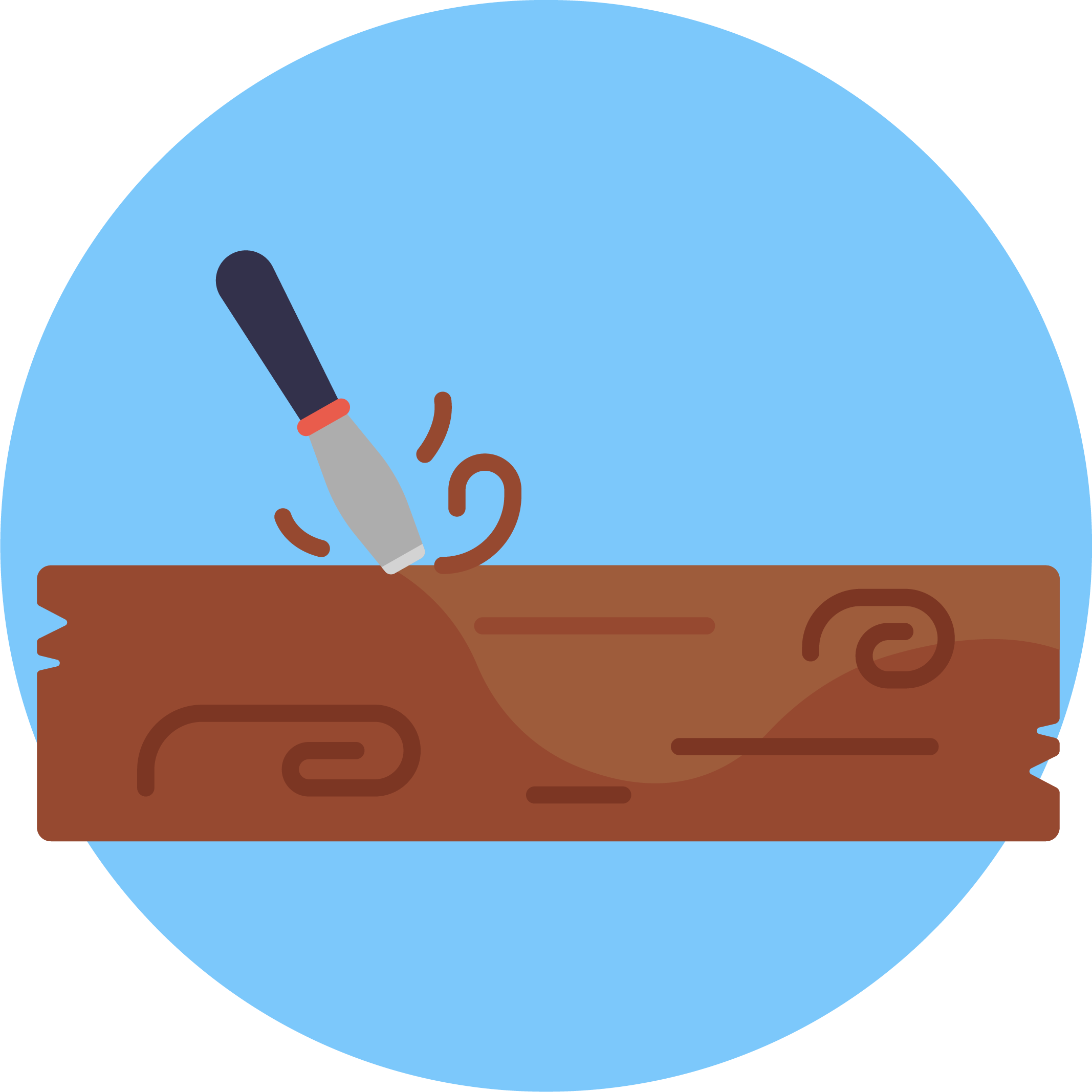
Selecting the right tools is a cornerstone of successful wood carving. The proper instruments not only make carving easier but also allow for precision, safety, and creative freedom. At CarveTimberArt, we emphasize understanding your tools as much as understanding the wood itself, because the right tool can transform a simple block into a work of art.
Essential Carving Tools
Every woodcarver begins with a basic toolkit:
- Gouges: Curved tools for scooping and shaping wood with smooth lines.
- Chisels: Flat-edged blades ideal for straight cuts and fine detailing.
- Knives: Versatile instruments for whittling and intricate cuts.
- Mallets: Used to apply controlled force without damaging the wood.
Knowing the purpose of each tool and practicing proper handling ensures both efficiency and safety.
Material Matters
High-quality steel tools last longer and maintain sharpness, while ergonomic handles reduce hand fatigue during extended carving sessions. Choosing the right tool depends on the type of wood, the complexity of the design, and your personal carving style.
Maintenance and Safety
Proper care extends the life of your tools and protects you from injury. Regular sharpening, cleaning, and safe storage are essential. Wearing protective gloves and keeping your workspace organized helps prevent accidents and keeps your creative flow uninterrupted.
Advanced Tools for Mastery
As you grow in skill, you may incorporate specialized instruments such as V-tools for detailed lines or power carving tools for larger projects. These tools offer new possibilities, but mastering the fundamentals first ensures that advanced equipment truly enhances your work rather than replacing core techniques.
Conclusion
Understanding and respecting your tools is as important as understanding the wood you carve. CarveTimberArt encourages artisans to invest time in selecting, mastering, and maintaining their instruments, turning every carving session into a seamless blend of skill, creativity, and enjoyment.
